
The term “Pit Bull” is often used to describe several breeds that fall under the pit bull type, including the American Pit Bull Terrier, the American Staffordshire Terrier, and others. Known for their muscular build and strong determination, these dogs are often misunderstood due to media portrayal and breed-specific legislation. However, those familiar with the breed appreciate them for their loyalty, affection, and versatility. An often overlooked aspect of pit bulls is their stunning variety of coat colors, which can range from the common to the rare, each carrying its own unique charm and beauty. This article explores seven stunning color variations found in pit bull breeds, showcasing not only their visual appeal but also dispelling some myths by highlighting their amiable characteristics. Through this exploration, we’ll see how these colors add to the distinctiveness of each dog, enhancing their individuality and the breed’s overall diversity.
1. Blue
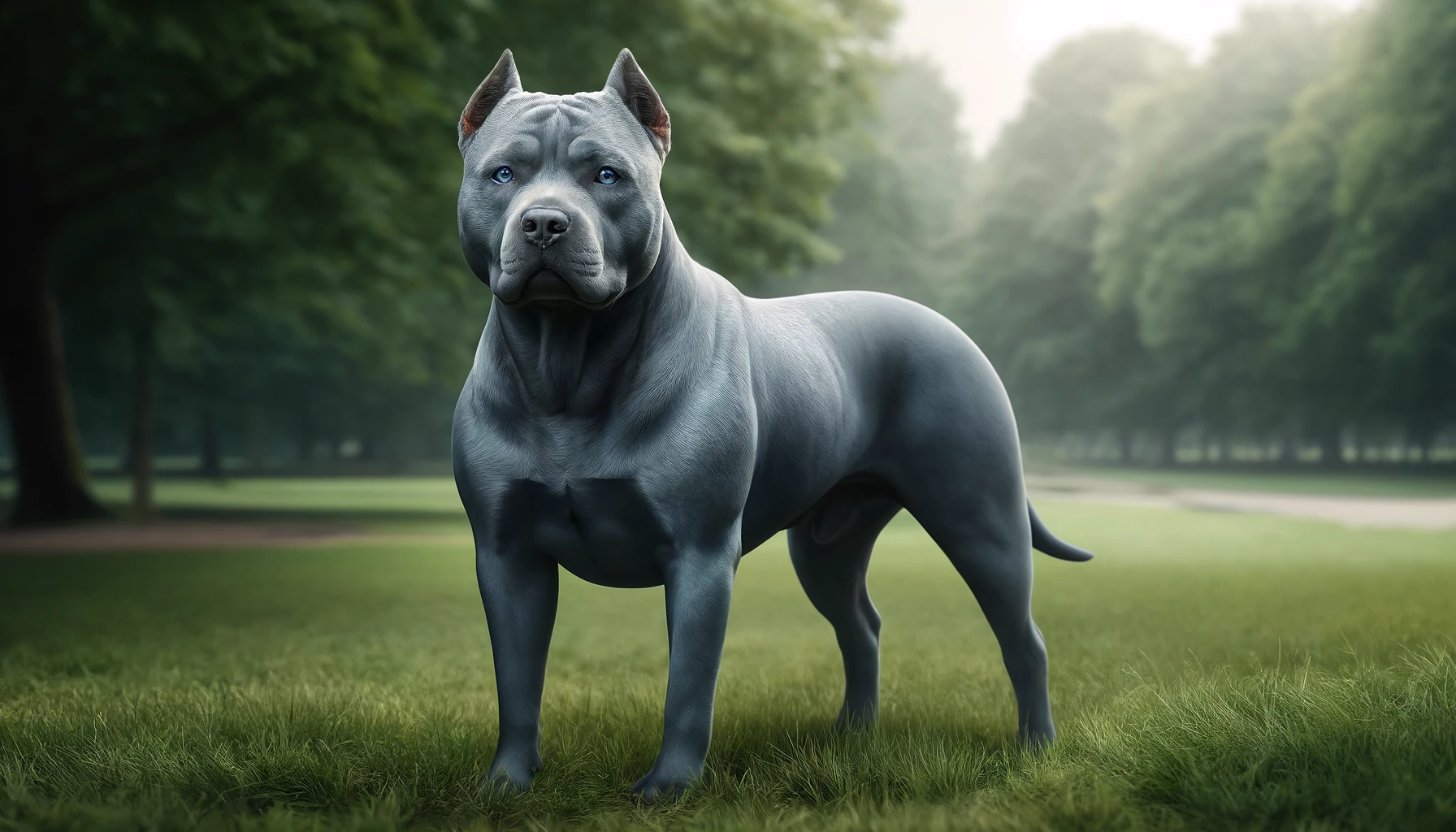
The blue pit bull is one of the most sought-after colorations, characterized by a beautiful steel grey coat that sometimes appears almost blue. This color results from a dilution of the black pigment due to a specific gene. Blue pit bulls often have a matching blue-gray nose and sometimes striking blue eyes, although the latter is less common. Despite popular misconceptions, the blue coat does not signify any difference in temperament. These dogs share the same loving and energetic nature as any pit bull, making them a favorite among enthusiasts. The coat’s unique color, combined with the pit bull’s muscular frame, creates a visually striking animal that stands out in both urban and rural settings.
2. Red Nose
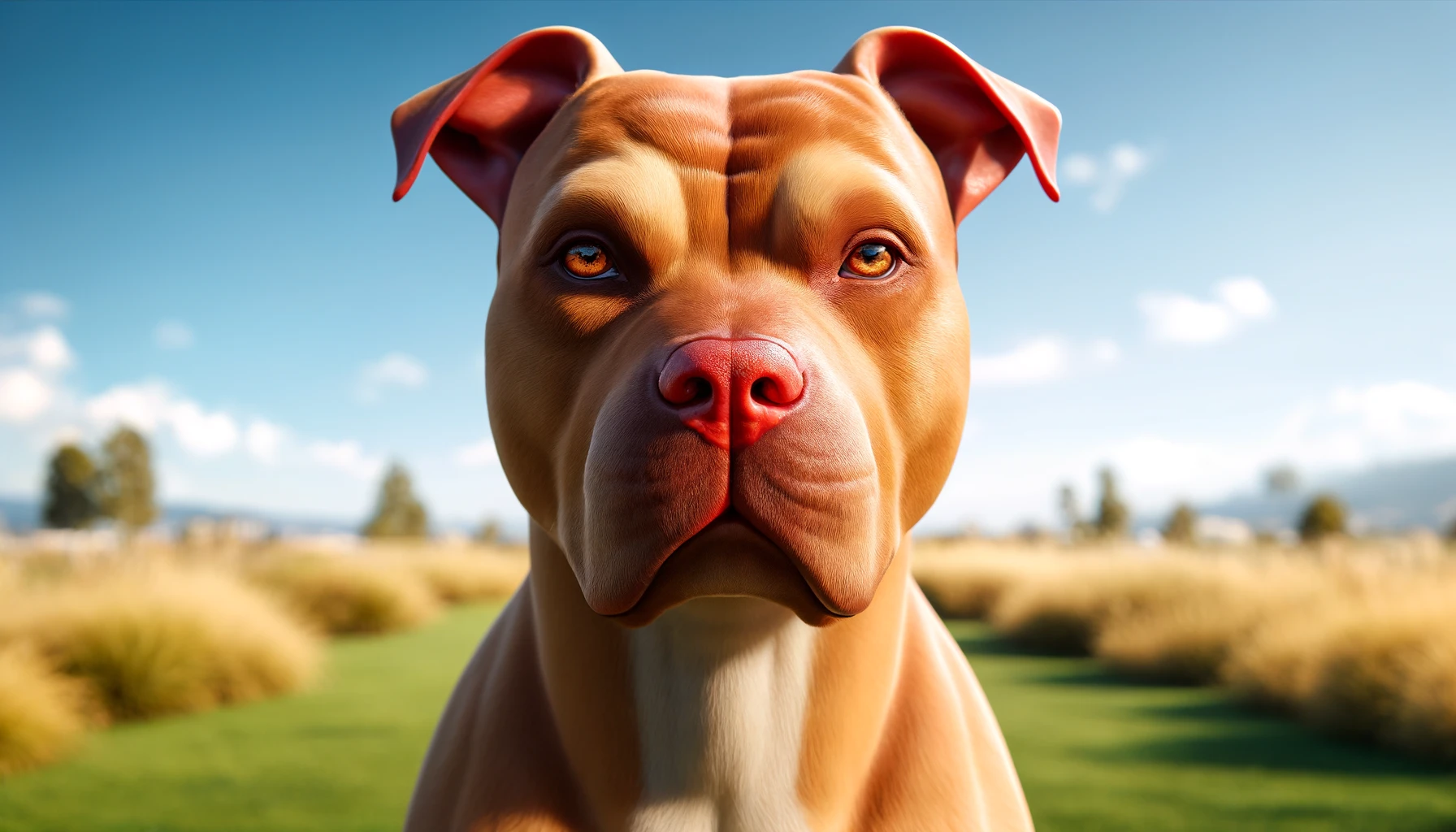
The red nose pit bull is not simply a dog with a red nose, but rather a lighter, often copper-toned coat combined with a red nose, lips, eyes, and toe nails. This distinctive look is attributed to a recessive genetic trait, which gives them a striking appearance distinct from other pit bulls. Red nose pit bulls are not a different breed, but a color variation that has been highly prized in historical breeding programs for their unique aesthetics. Like all pit bulls, they are energetic, intelligent, and immensely loyal, often proving themselves as excellent companions and capable working dogs in various disciplines.
3. Brindle
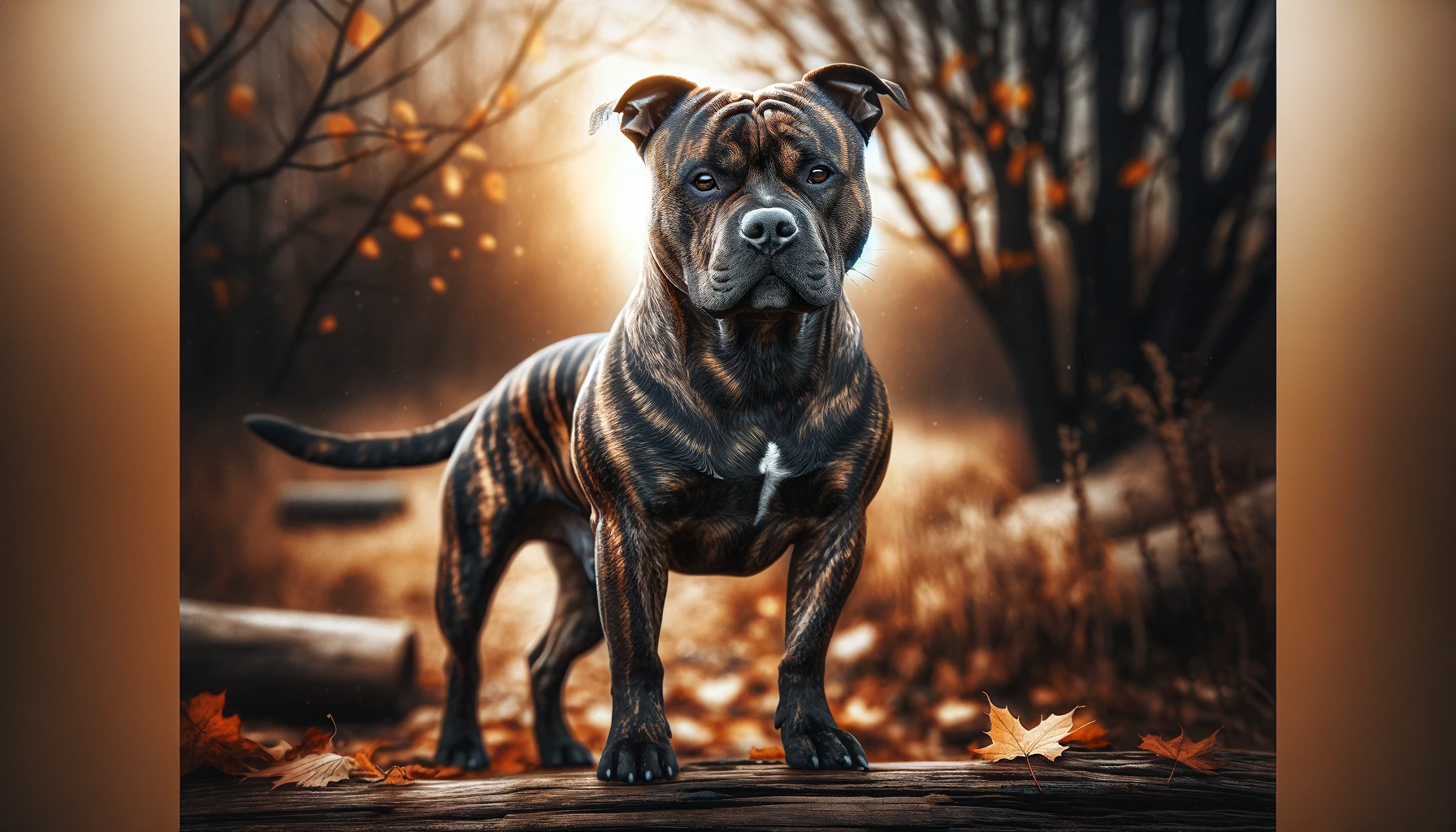
Brindle pit bulls have a coat that features a mix of black and brown, often in a tiger-stripe pattern. This coloration can range from sparse but striking stripes to a more muted, almost black appearance. The brindle pattern is a result of complex genetic interactions, making each brindle pit bull uniquely beautiful. These dogs are often chosen by owners who appreciate a pit bull that stands out from the rest, as their coats reflect a wild, almost exotic appearance. Despite their fierce looks, brindle pit bulls possess the same gentle and affectionate nature as their solid-colored counterparts.
4. White

White pit bulls are striking due to their pure, snow-like coat which may be entirely white or feature patches of another color. This variation is due to a lack of melanin, the pigment that gives color to the skin and fur. While beautiful, white pit bulls may face additional health challenges, such as a higher susceptibility to sunburn and deafness associated with the white coat gene. Owners of white pit bulls often find their pets to be particularly visually compelling against the muscular backdrop of the breed’s physique, creating a stunning contrast that is hard to ignore.
5. Black
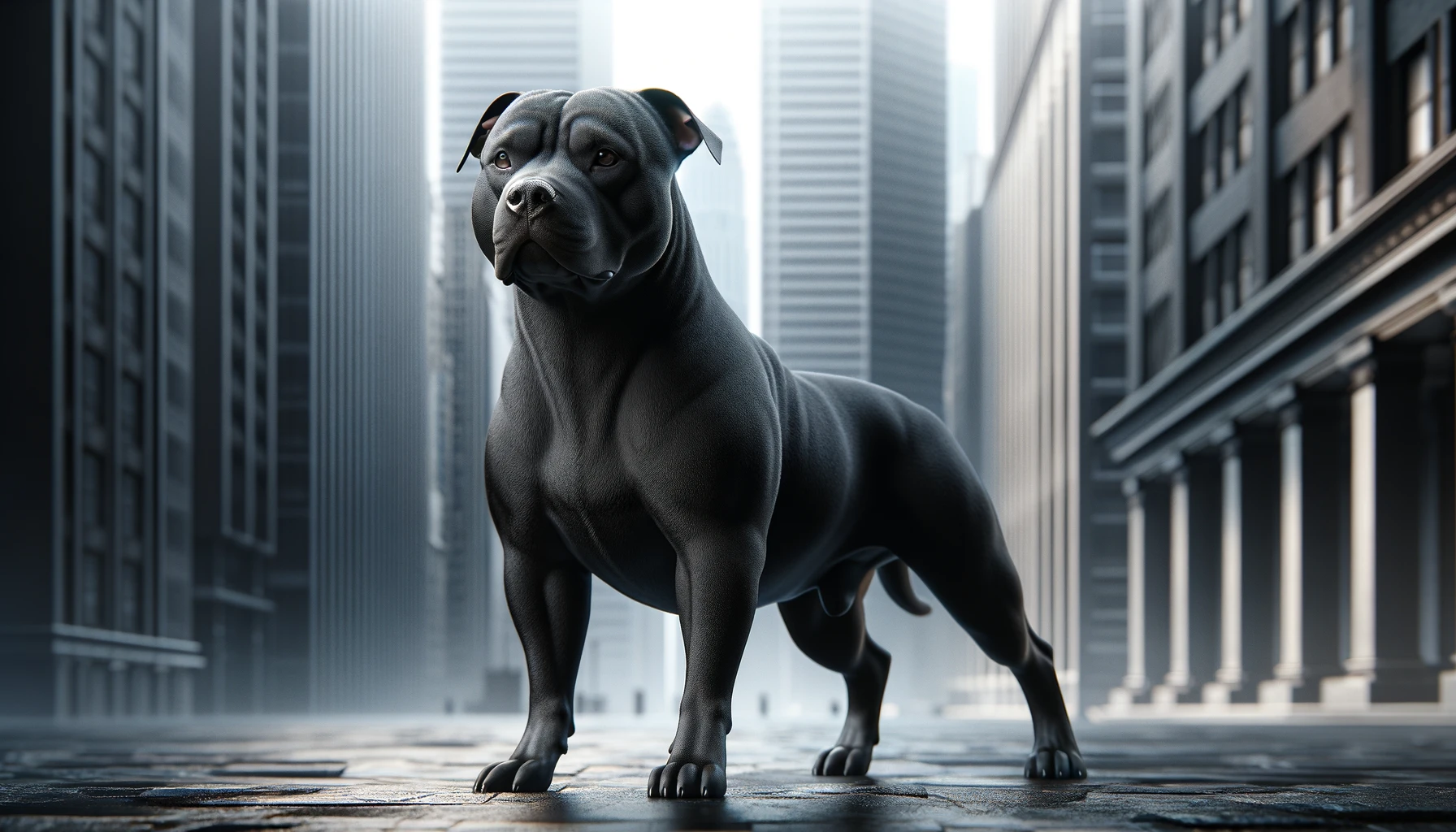
Black pit bulls have a sleek, jet-black coat that shines magnificently in the sunlight. This color variation is both dominant and striking, giving the dog an elegant, powerful look. Black pit bulls are often portrayed in media and are popular in shows due to their striking appearance and shiny coats. They maintain the pit bull’s reputation for strength and loyalty, with their color often adding to their imposing presence. Nevertheless, beneath their formidable exterior, they are as playful and loving as any other pit bull, often serving as loyal family pets.
6. Chocolate
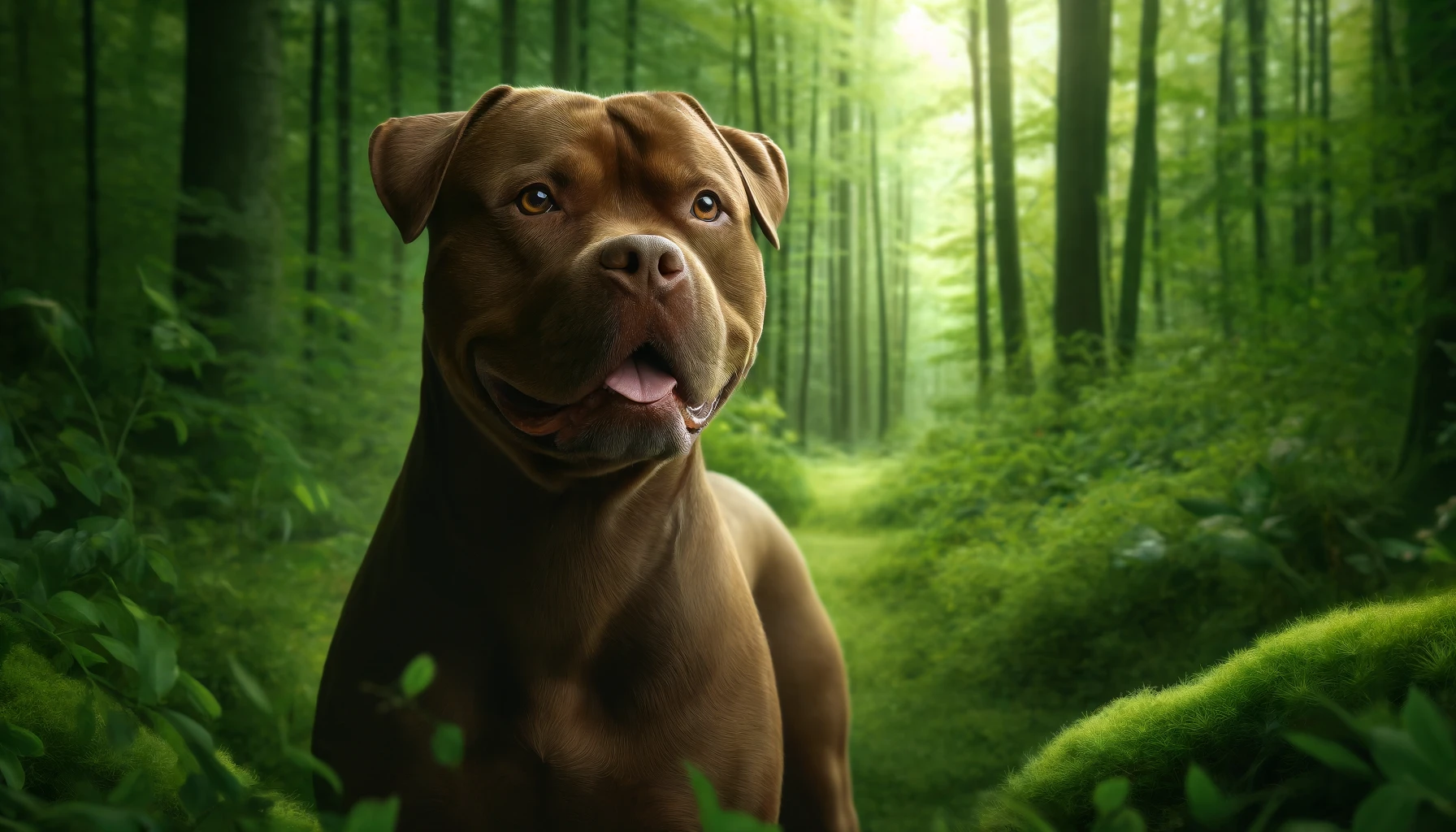
Chocolate pit bulls boast a rich, deep brown color that is both rare and highly appealing. This coat color is softer and warmer than the more intense black, providing a stunning aesthetic. Like the blue pit bull, the chocolate color is due to a dilution gene affecting the black pigmentation. Chocolate pit bulls often captivate onlookers with their unique coloring, paired with the typical pit bull’s robust build and joyful demeanor. They make excellent companions and are known for their friendly, approachable nature, just like other pit bulls.
7. Fawn
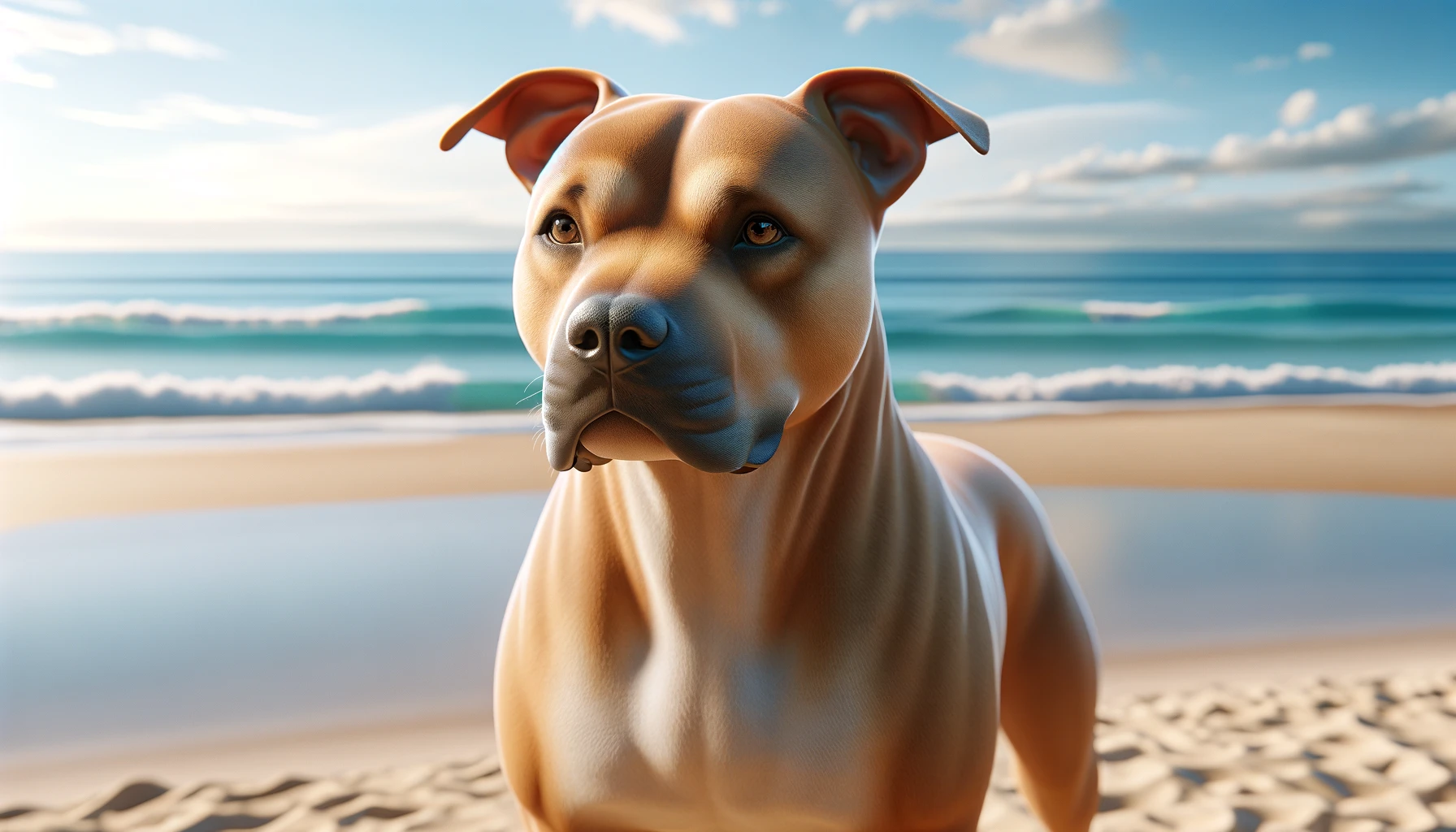
Fawn pit bulls feature a tan or light brown coat, which ranges from pale tan to deep golden hues, often combined with a white chest and toes. This color provides a softer look compared to the more vibrant or darker colors, exuding a gentle and inviting presence. Fawn pit bulls are especially popular among families due to their bright, friendly appearance and the way their coat color highlights their expressive faces and loving eyes.
Each color variation of the pit bull not only enhances the aesthetic diversity of the breed but also underscores the individuality of each dog. Despite the differences in appearance, all pit bulls share common traits of affection, loyalty, and resilience. Understanding and appreciating these color variations helps to celebrate the breed’s beauty and personality, fostering a greater appreciation and deeper connection between these dogs and their human companions. These stunning colors contribute significantly to the breed’s popularity and help to challenge the stereotypes and misconceptions commonly associated with pit bulls.
The post Pit Bull Colors: 8 Stunning Variations with Pictures appeared first on iHeartDogs.com.
via Whisker Therapy